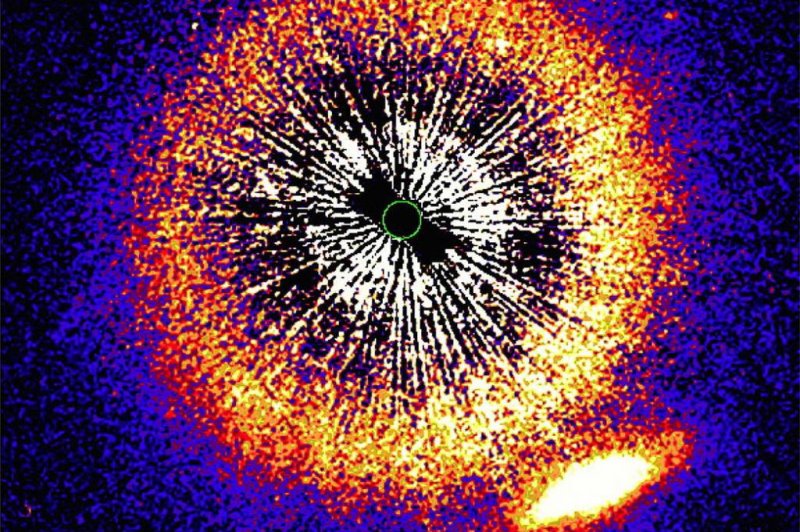June 2 (UPI) -- When astronomers talk about transits, most often they're discussing the path of a planet across the face of its host star.
But the cosmos host all sorts of transits. The Hubble Space Telescope captured a unique transit, the passage of a massive galaxy behind a sun-like star that is positioned much closer to Earth.















